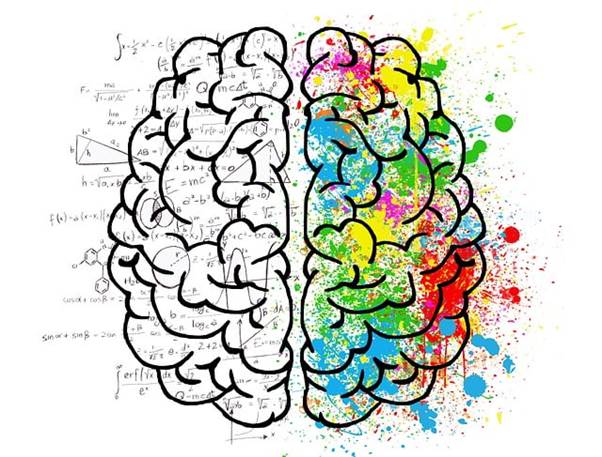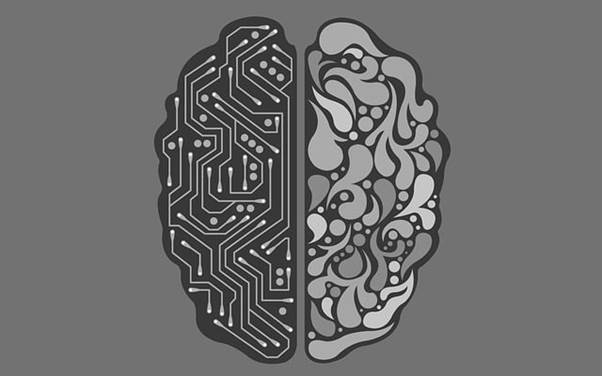The human brain is often described as the most complex organ in existence, capable of generating thoughts, emotions, memories, and actions. Central to its functioning are brain circuits, intricate networks of neurons that communicate through electrical and chemical signals. These circuits regulate everything from basic survival instincts to higher-order thinking. By exploring how brain circuits work, scientists gain insight into behavior, learning, and even the treatment of neurological disorders. Understanding these networks allows us to appreciate the incredible balance between simplicity and complexity within the brain.

The Structure of Brain Circuits
Brain circuits are formed by neurons, the fundamental units of the nervous system. Neurons are specialized cells that send information via electrical impulses and chemical messengers called neurotransmitters. These neurons connect through synapses, creating vast communication networks. Depending on the role they play, circuits can involve a few hundred neurons or millions working together. For instance, simple reflexes use basic circuits, while complex decision-making engages larger, interconnected systems. The adaptability of these circuits highlights the brain’s remarkable ability to rewire itself through learning and experience.
How Brain Circuits Process Information
At their core, brain circuits function like information highways. Sensory inputs such as sight, sound, and touch travel through specific neural pathways, where signals are processed and interpreted. For example, when you see an object, visual circuits in the occipital lobe interpret shape, color, and movement. Similarly, auditory circuits in the temporal lobe decode sound waves into language or music. The efficiency of brain circuits ensures quick responses to external stimuli, often in fractions of a second. This processing power underlines why the brain is considered the command center of the human body.
Brain Circuits and Learning
Learning and memory rely heavily on the adaptability of brain circuits. Through a process known as synaptic plasticity, the strength of connections between neurons changes over time. When you practice a skill repeatedly, circuits become stronger and more efficient, embedding the skill into long-term memory. This mechanism is essential for everything from learning a new language to mastering a sport. Dysfunction in these circuits, however, can lead to learning disabilities or memory-related conditions like Alzheimer’s disease. Research into these adaptive networks provides valuable strategies for enhancing education and rehabilitation.
Emotional Regulation Through Brain Circuits
Emotions are also deeply rooted in brain circuits. The limbic system, which includes structures like the amygdala and hippocampus, plays a central role in emotional processing. These circuits help regulate fear, pleasure, stress, and social bonding. For instance, the amygdala’s circuits alert us to potential threats, triggering survival responses. Meanwhile, reward circuits in the brain reinforce behaviors that bring satisfaction, such as eating or socializing. By studying emotional brain circuits, scientists aim to develop better treatments for conditions like anxiety, depression, and post-traumatic stress disorder.
The Role of Brain Circuits in Decision-Making
Decision-making requires the collaboration of multiple brain circuits across different regions. The prefrontal cortex, known for higher-order thinking, works with emotional and memory circuits to weigh options and predict outcomes. This complex integration allows humans to make reasoned choices rather than acting on impulse alone. Malfunctioning circuits in this area may contribute to impulsive behaviors, addiction, or poor judgment. Understanding these mechanisms could lead to breakthroughs in therapies for behavioral disorders and improved strategies for enhancing cognitive performance.

Brain Circuits and Neurological Disorders
Disruptions in brain circuits are linked to a wide range of neurological and psychiatric disorders. In Parkinson’s disease, motor circuits are damaged, leading to tremors and movement difficulties. In epilepsy, abnormal electrical activity in circuits causes seizures. Schizophrenia and bipolar disorder are also believed to involve dysfunctional neural networks. By mapping and analyzing these pathways, scientists can develop targeted treatments such as deep brain stimulation, which modulates activity within specific circuits. This approach demonstrates how circuit-level understanding can directly improve patient care.
Technological Advances in Studying Brain Circuits
Modern technology has opened new frontiers in the study of brain circuits. Advanced imaging techniques like fMRI (functional magnetic resonance imaging) and EEG (electroencephalography) allow scientists to observe neural activity in real time. Other innovations, such as optogenetics, enable precise control of individual neurons within a circuit using light. These tools provide unprecedented insight into how brain circuits operate, adapt, and sometimes fail. The future of neuroscience depends on harnessing these technologies to decode the mysteries of the brain and develop therapies tailored to specific circuit dysfunctions.
The Future of Brain Circuit Research
The future of research into brain circuits holds promise for both science and society. By creating detailed maps of neural networks, researchers hope to understand the biological roots of consciousness, creativity, and intelligence. Potential applications include advanced treatments for mental health disorders, improved brain-computer interfaces, and enhanced learning strategies. As we uncover more about how brain circuits shape human experience, we edge closer to answering profound questions about what makes us who we are.
Conclusion
In conclusion, brain circuits form the foundation of human thought, emotion, and behavior. These intricate networks not only process information but also adapt to learning, regulate emotions, and guide decision-making. While disruptions in circuits can lead to neurological and psychiatric conditions, advancements in technology are enabling scientists to explore solutions with increasing precision. As research progresses, the understanding of brain circuits will continue to illuminate the complexities of the mind and open doors to transformative medical and technological breakthroughs. Ultimately, these circuits remind us that the brain, though immensely complex, is a marvel of natural engineering.